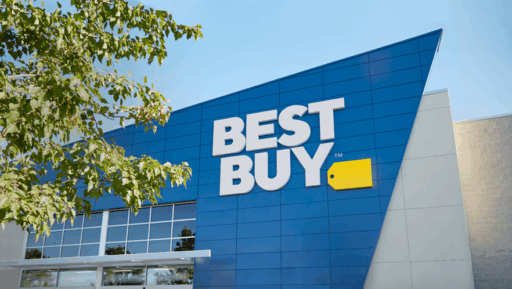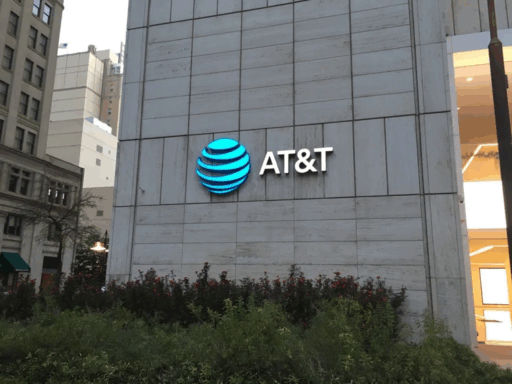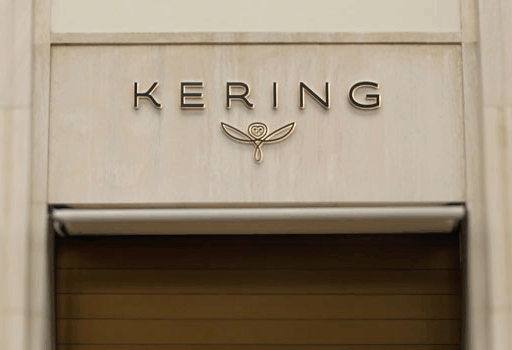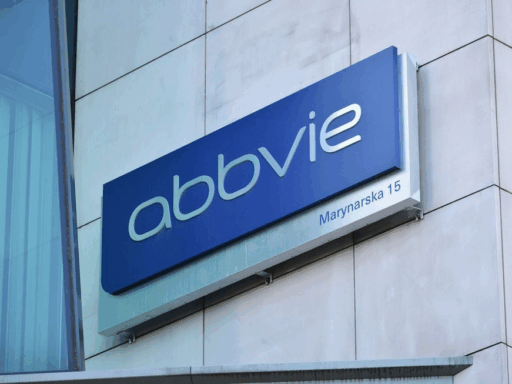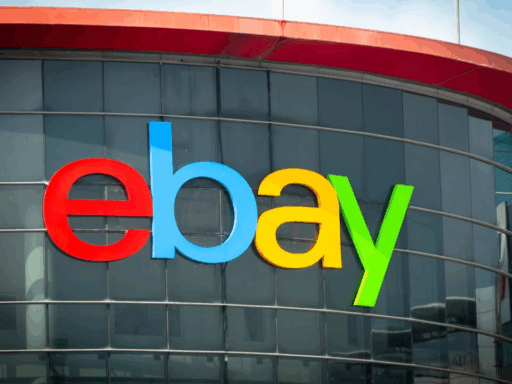As a leading electronics retailer, Best Buy has a significant role in promoting sustainability in the consumer electronics industry. Known for its wide range of products from gadgets to home appliances, Best Buy has shifted its focus to reducing its environmental footprint while also empowering customers to make sustainable choices. With a commitment to both climate action and circularity, Best Buy’s sustainability strategy has evolved significantly, with concrete goals to improve its operations and help customers lead more sustainable lives.
In its most recent 2023 Corporate Responsibility Report, Best Buy outlines its ambitious initiatives to tackle climate change, enhance energy efficiency, reduce electronic waste, and promote sustainable products. The company’s net-zero goals, circular economy strategies, and focus on social responsibility make it a notable leader in sustainability within the retail sector.
Sustainability Strategy and Goals
Best Buy’s sustainability strategy is driven by three key pillars: Climate Action, Circular Economy, and Inclusive Communities. These pillars reflect the company’s recognition that environmental stewardship, social equity, and economic growth must go hand-in-hand to build a sustainable future.
Net Zero and Carbon Emissions
Best Buy has made a bold commitment to achieve net-zero carbon emissions by 2040, with interim goals to reduce emissions from its operations and products. The company is focusing on both Scope 1 (direct emissions) and Scope 3 (emissions from product usage and supply chain) to meet these goals. Specific targets include:
- Reducing Scope 1 and 2 emissions by 75% by 2030 from 2018 levels.
- Reducing Scope 3 emissions by 40% by 2030 from products sold and use.
- Achieving 100% renewable energy for its global operations by 2030.
Since 2020, Best Buy has successfully transitioned more than 50% of its energy consumption to renewable sources.
Energy Efficiency and Product Sustainability
Best Buy is making strides in offering customers energy-efficient products that lower environmental impacts over their lifespan. The company has committed to:
- Energy Star®-certified products making up over 70% of its product assortment.
- Increasing the availability of smart home products that enhance energy efficiency, such as smart thermostats and LED lighting.
- Promoting energy-efficient appliances with rebates and customer incentives for purchasing Energy Star®-certified products.
Circular Economy and Electronics Recycling
As the world faces increasing challenges around e-waste, Best Buy has taken a leading role in promoting responsible recycling and reuse of electronic products. Through its Trade-In Program and Recycling Program, Best Buy makes it easy for customers to recycle their old devices responsibly. Key aspects of Best Buy’s circular economy strategy include:
- Recycling over 2 billion pounds of electronics since 2009.
- Offering customers free recycling for most electronics at over 1,000 retail locations in the U.S. and Canada.
- Expanding its repair and refurbishment services, which have saved millions of electronic devices from landfills.
Best Buy’s Renewed product line, which includes refurbished electronics, offers customers affordable and sustainable options while reducing waste.
Responsible Sourcing and Packaging
Best Buy is working to ensure the materials used in its products and packaging are responsibly sourced and sustainable:
- The company has committed to 100% sustainable packaging by 2025, focusing on eliminating plastic and increasing the use of recyclable materials.
- It partners with suppliers to ensure the responsible sourcing of raw materials, particularly in relation to conflict minerals and precious metals used in electronics manufacturing.
Community and Social Impact
Best Buy recognizes that sustainability is not just about the environment; it also involves building stronger communities. The company has a strong focus on:
- STEM education programs through the Best Buy Teen Tech Center, offering underserved youth access to technology and education.
- Employee volunteerism programs, where employees can dedicate time to supporting local communities and sustainability initiatives.
- Supporting local and diverse businesses through supplier diversity programs.
Measurable Impacts
Best Buy tracks its progress through various sustainability metrics, including its carbon footprint, waste reduction, and responsible sourcing practices. The company reports on the following key areas:
| Category | Goal | Status (2023) |
|---|---|---|
| Net Zero Emissions | Net-zero by 2040 | On track with Scope 1 and 2 emissions reduction |
| Renewable Energy Usage | 100% by 2030 | 50% achieved by 2023 |
| Electronics Recycling | 2 billion pounds recycled since 2009 | 2 billion pounds recycled |
| Circular Economy Products | 100% of packaging recyclable by 2025 | 65% recyclable packaging |
| Product Energy Efficiency | Increase Energy Star® products | 70% of products meet Energy Star® criteria |
| STEM Education | Expand Tech Centers for underserved youth | 100+ centers operating |
Challenges and Areas for Improvement
While Best Buy has made substantial progress, it faces several challenges in fully implementing its sustainability goals:
- Scope 3 emissions: The most significant challenge remains the emissions associated with the products sold and used by customers. This requires collaboration across the entire supply chain and with consumers to achieve emissions reductions.
- E-waste management: Despite Best Buy’s success in recycling electronics, the global e-waste crisis continues to grow, and scaling the recycling system to keep pace with demand is a logistical and regulatory challenge.
- Packaging sustainability: Achieving 100% recyclable packaging by 2025 will require significant efforts to innovate in packaging materials and design, particularly with the rise of online shopping and shipping.
Future Plans and Long-Term Goals
Best Buy’s long-term sustainability strategy includes further advancements in energy efficiency, waste reduction, and circular economy models:
- Net-zero operations by 2040, including all indirect emissions (Scope 3).
- Carbon-neutral supply chain: Best Buy is working with suppliers to help them adopt low-carbon technologies and practices.
- Expansion of its refurbished electronics program, with the goal of doubling the number of renewed products sold by 2027.
- Full circularity in packaging: Achieving 100% sustainable packaging across all product categories by 2025.
- Carbon offset programs for customers purchasing energy-efficient products, helping them further reduce their footprint.
Competitor Comparisons
| Company | Net Zero Target | Sustainable Packaging Commitment | Circular Economy Initiatives |
|---|---|---|---|
| Best Buy | 2040 | 100% by 2025 | Electronics recycling, Renewed products |
| Amazon | 2040 | 50% recyclable packaging by 2030 | Packaging reduction, carbon-neutral shipping |
| Walmart | 2040 | 100% recyclable packaging by 2025 | Recycling programs, reduced emissions targets |
Best Buy’s commitment to energy-efficient products and electronic waste reduction positions it ahead of competitors in areas like circular economy and sustainable product offerings. However, the company faces significant competition in packaging sustainability and Scope 3 emissions from peers like Amazon and Walmart.
Best Buy’s sustainability efforts reflect a growing recognition of the role electronics retailers play in shaping environmental and social outcomes. With clear emissions reduction goals, a commitment to circular economy principles, and a focus on responsible sourcing, the company is making significant strides toward a more sustainable future. As e-waste continues to rise, Best Buy’s investments in recycling infrastructure and refurbished products will be critical in reducing environmental impact. However, addressing Scope 3 emissions will be essential for the company to meet its net-zero targets.
Sources
Best Buy 2023 Corporate Responsibility Report: https://www.bestbuy.com/sustainability
Energy Star Program: https://www.energystar.gov
Global E-Waste Statistics: https://www.ewaste.org
Circular Economy: https://www.circular-economy.org.uk/
Walmart 2023 Sustainability Report: https://www.walmart.com/sustainability

